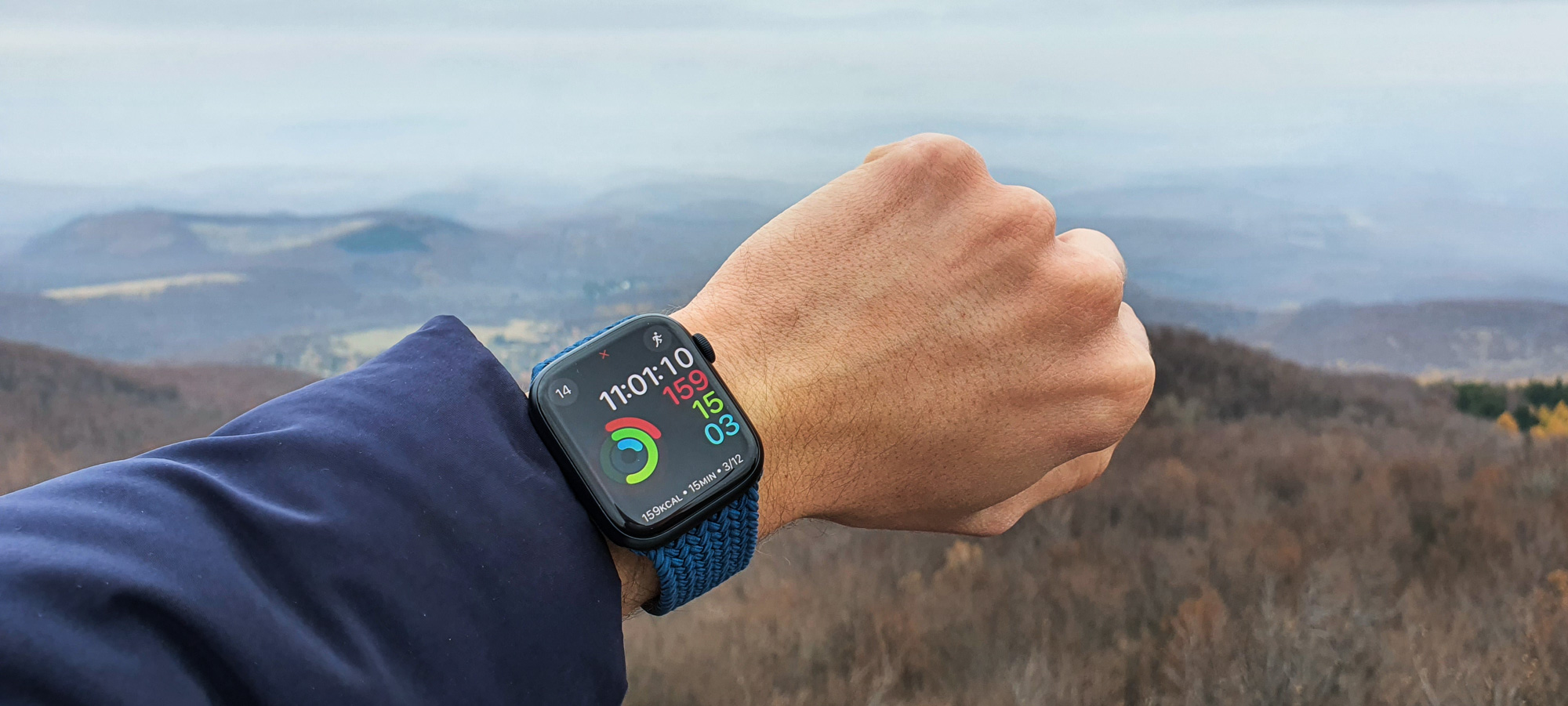
Over the last seven days, aBlogtoWatch’s David Bredan and I experienced “Competition Mode” in the Apple Watch. This is part of the Apple Watch’s larger suite of activity and fitness tracking features and has been around for at least a couple Apple Watch software generations. Testing the competition feature of the Apple Watch was something I’ve wanted to do since I began to dive deep into the wider bevy of the Apple Watch’s fitness tracking features. In 2021, I did a deep solo dive into Apple’s Fitness+ program with the Apple Watch Series 6 (on aBlogtoWatch here), and today, we extend that coverage to discuss at least one communal way of enjoying Apple Watch fitness tracking features with the Apple Watch Series 7 (aBlogtoWatch review here).
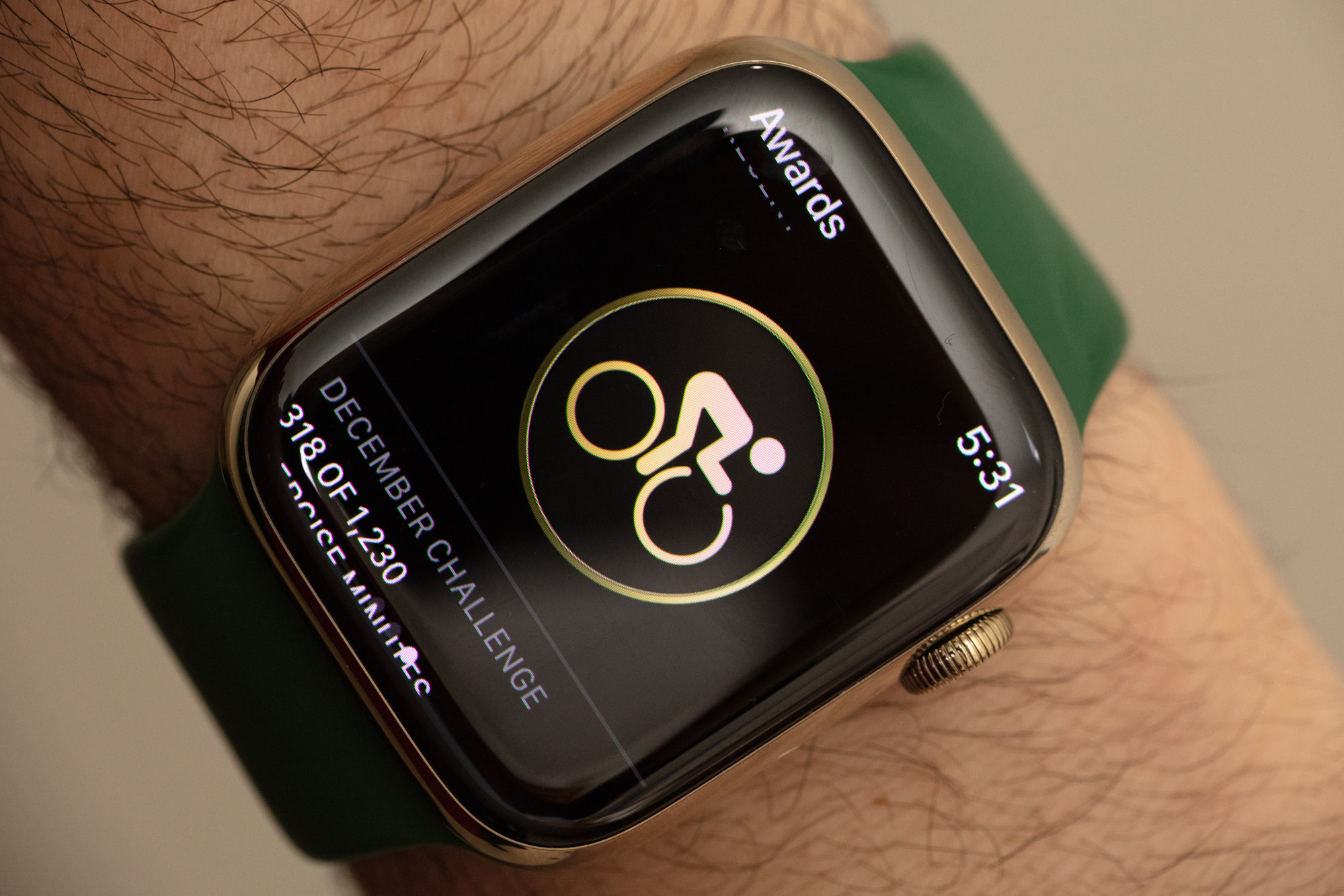
On my wrist is the steel version of the 42mm-long Apple Watch Series 7 with an attractive gold-tone coating over it. In this article are some side-by-side images of the Apple Watch Series 6 and Series 7 steel watches (both coated, one in black and one gold). I included these images simply to demonstrate something very interesting: how well the Apple Watch in steel wears over time. Apple probably won’t like me reminding people of this, but the reason iPhone, iPad, and Macbook cases and skins are so popular is because these devices are often beautiful, but somewhat fragile. The Apple Watch is rather different, in my experience. Indeed, Apple Watches come in different materials, but with the sapphire crystal over the screen and coated or hard material cases, these smartwatches put up with abuse and wear like a champ. After a year of nearly constant wear, the Apple Watch Series 6 in DLC-coated steel looked excellent, and similarly, my experience with the new steel-cased Apple Watch Series 7 is very positive. I simply wanted to call this fact out since, if you are going to be highly active with a smartwatch, it is subject to normal wear and tear along with the accompanying worries that come with that. My preferred strap for fitness activity is the Apple Watch Sport Loop which has no formal clasp and simply stretches to fit over your wrist. To me this has the best combination of durability and comfort for high-sweat and movement activities.
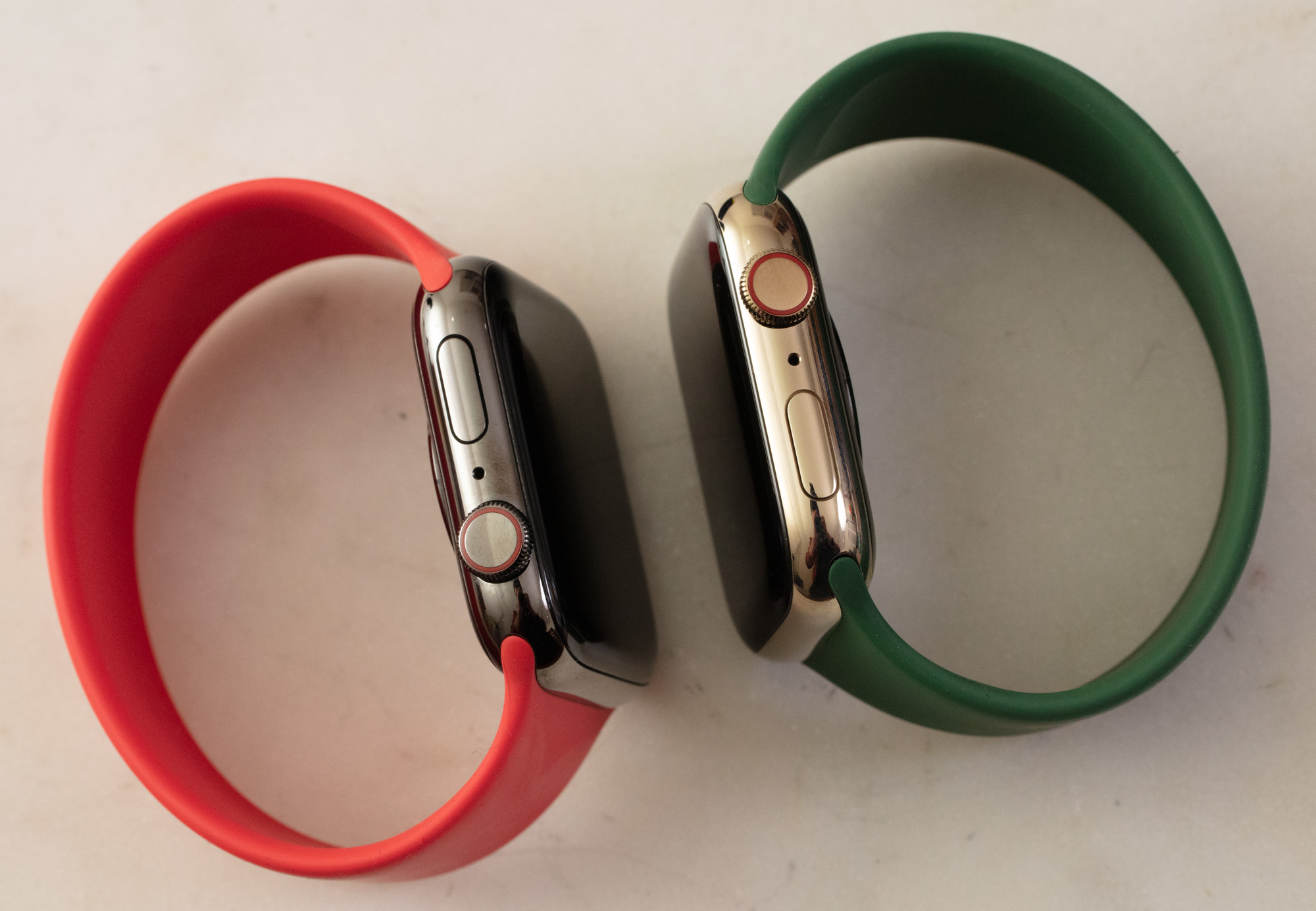
So what exactly is Apple Watch competition mode? The idea is that if you choose to share your activity data with friends (you select which friends, of course), then you can elect to enter into seven-day activity competitions with one or more friends. The idea is to combine the software-based fitness and activity recommendations with an additional motivating factor – peer pressure and some healthy competition. The normal activity tracking mode has you “close rings” (finish daily activity goals that you set, but the WatchOS operating system also makes recommendations based on your performance the previous week). Competition mode simply compares your activity with that of one or more people, and the larger idea seems to be a motivational tool to get people to exercise more. Especially during pandemic times when social isolation is still a very real thing for many people, the promise of such services is profound for our physical and mental wellbeing.
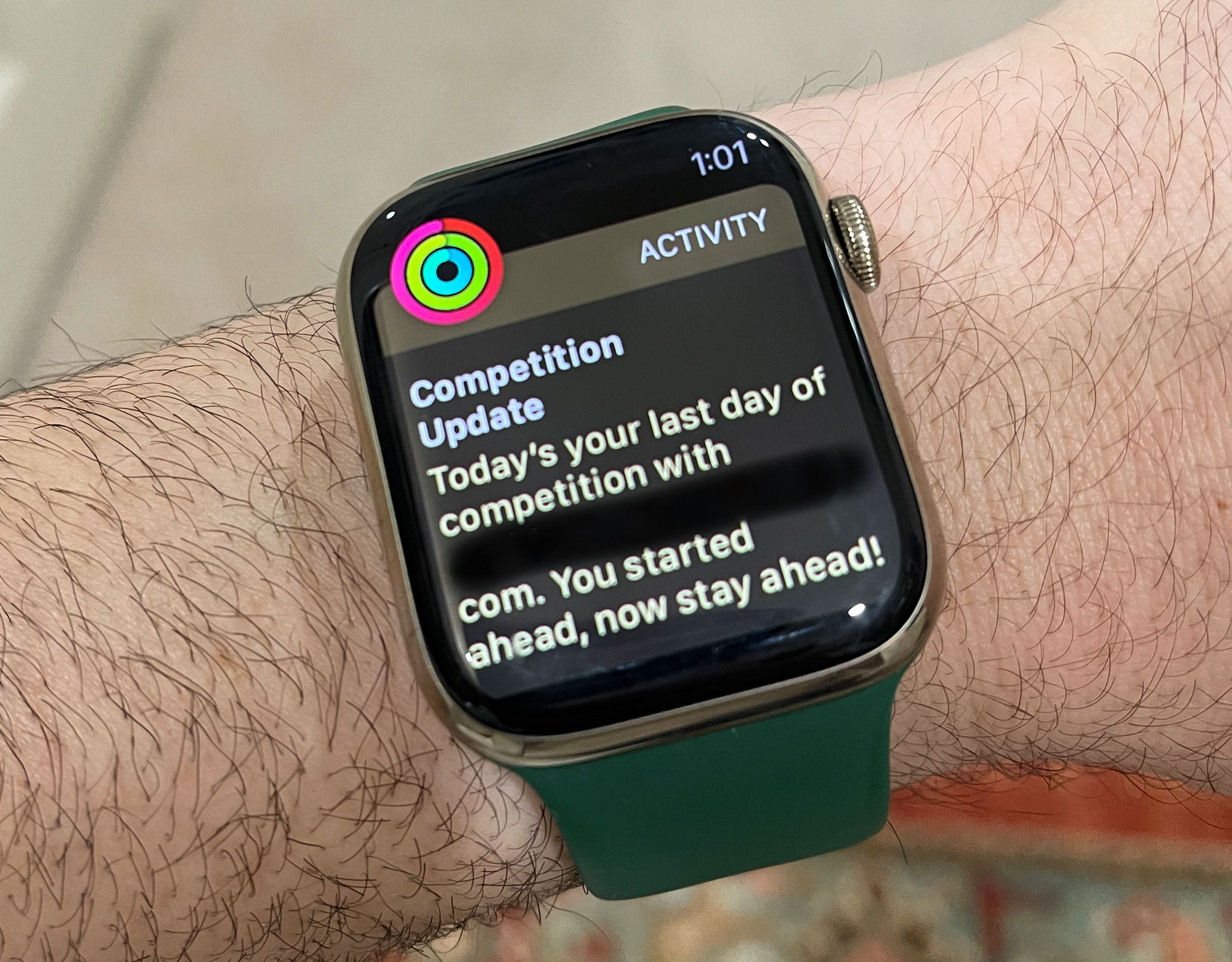
To me, the implications of our devices assisting us to meet our physical fitness needs are really important. I’m absolutely fascinated with how phenomena such as “gamification” can create motivation and incentives to perform otherwise boring or routine tasks. By tracking levels of activity, devices can “reward” users with notifications and messages that make people feel they are “winning” or at least completing some useful goals. These often minor instances of positive reinforcement for behavior are unbelievably rewarding, as studies show people will go to great lengths to complete even minor accomplishments if they are given some notice that they are “doing a good job.” On the most basic level, a simple example of gamification in Apple Watch’s fitness tracking system is how users receive exciting on-screen animations when they complete daily fitness goals. The depths to which gamification can be delivered are only limited by the imagination of software developers.
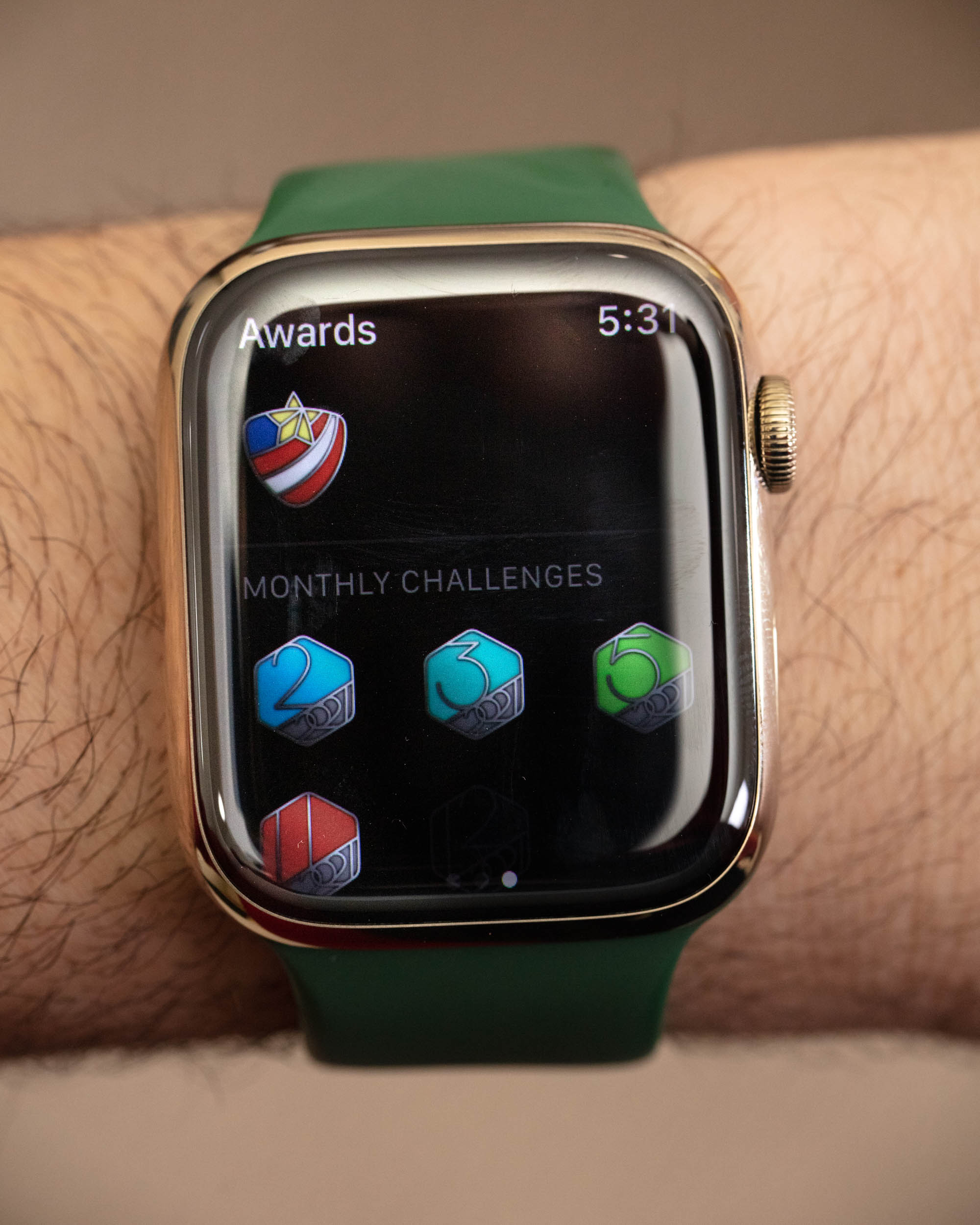
Gamification works. If you want people to get excited about things they wouldn’t normally care about (such as cleaning or organizing), gamify it. Parents are accustomed to doing this with young children in order to get them involved in a task that might not otherwise interest them. The same principle works for adults, and the power of gamification to keep many adults physically active is probably much deeper than most people can currently wrap their minds around. More so, Apple is still only dabbling in fitness and activity gamification, if you ask me. What I mean by this is that even though there are plenty of awards, badges, and notifications you will get to remind you about your fitness goals and status, Apple seems to be merely skimming the surface of how specific these notifications can be and the types of human activities they can promote. More on that below. Now, let’s talk about what it was like for two people who live on different continents, in different time zones to compete via two Apple Watches.
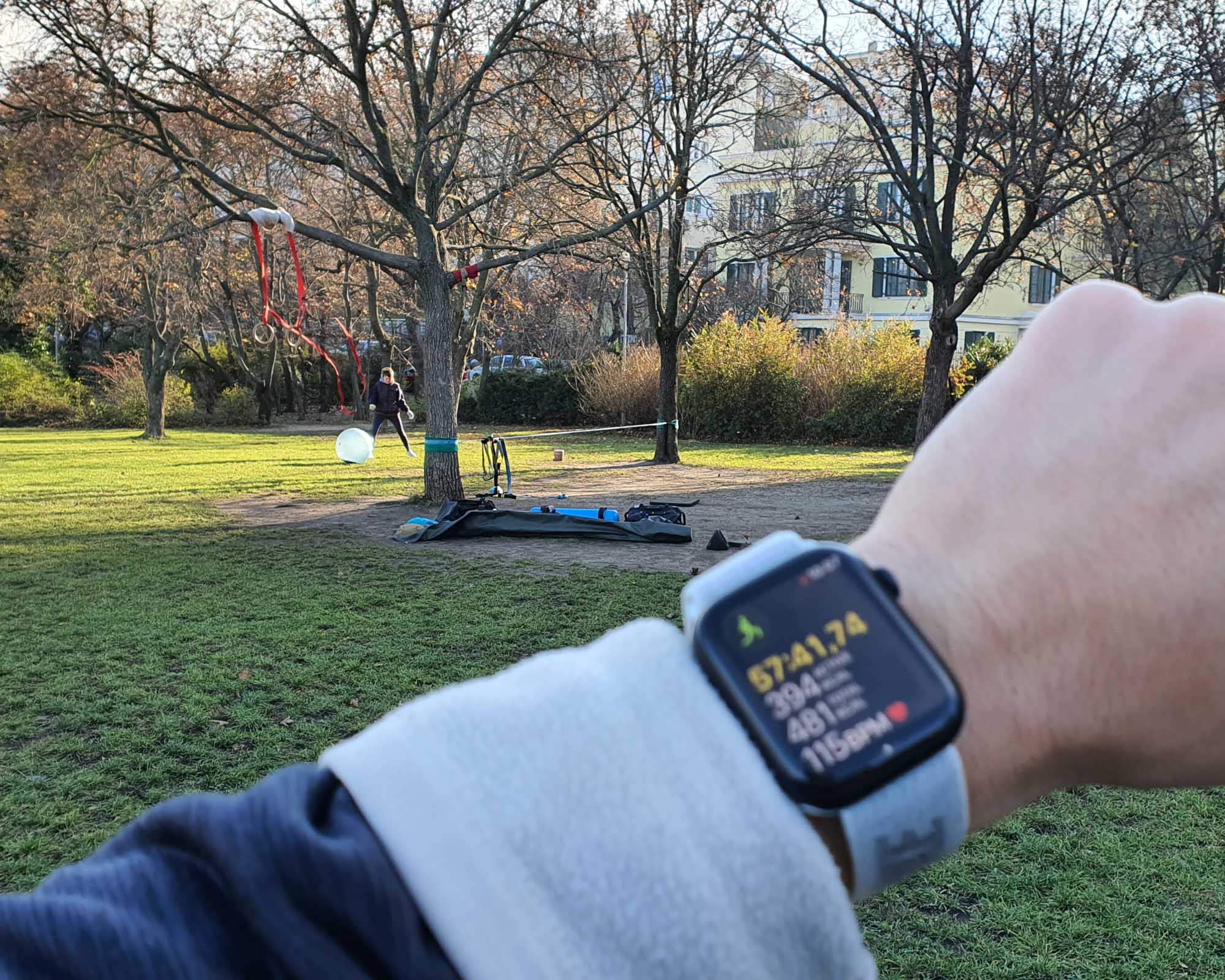
David was exercising outdoors and playing tennis, while Ariel was attending fitness and boxing classes.
Apple Watch doesn’t offer too much adjustability when it comes to how fitness tracking competitions work. You select a friend, you invite them to compete, and if they accept you have just one fitness tracking option – a seven-day competition. Immediately, I saw an opportunity for Apple to allow users to select from a variety of criteria or parameters when deciding exactly what they wanted to compete on, and how long competitions last. The single competition option does keep things simple, but it also feels limiting given the breadth of what could be done here.
Prior to starting my fitness competition with David, we both had plenty of experience using the Apple Watch’s fitness and activity tracking feature. More so, I have a lot of experience with the various workouts you can have the Apple Watch track as you are doing them. This is one of my favorite features of the Apple Watch because it knows that different types of activities merit different types of data to be tracked. An excellent example is the difference between doing exercise on a stationary bike versus riding outside. The latter requires taking into consideration distance traveled and GPS, while being on a stationary bike involves more emphasis on things like your current heart rate or calories burned. I really like how the Apple Watch customizes the exercise tracking experience to meet the expectations of a variety of people who enjoy a large variety of activities.
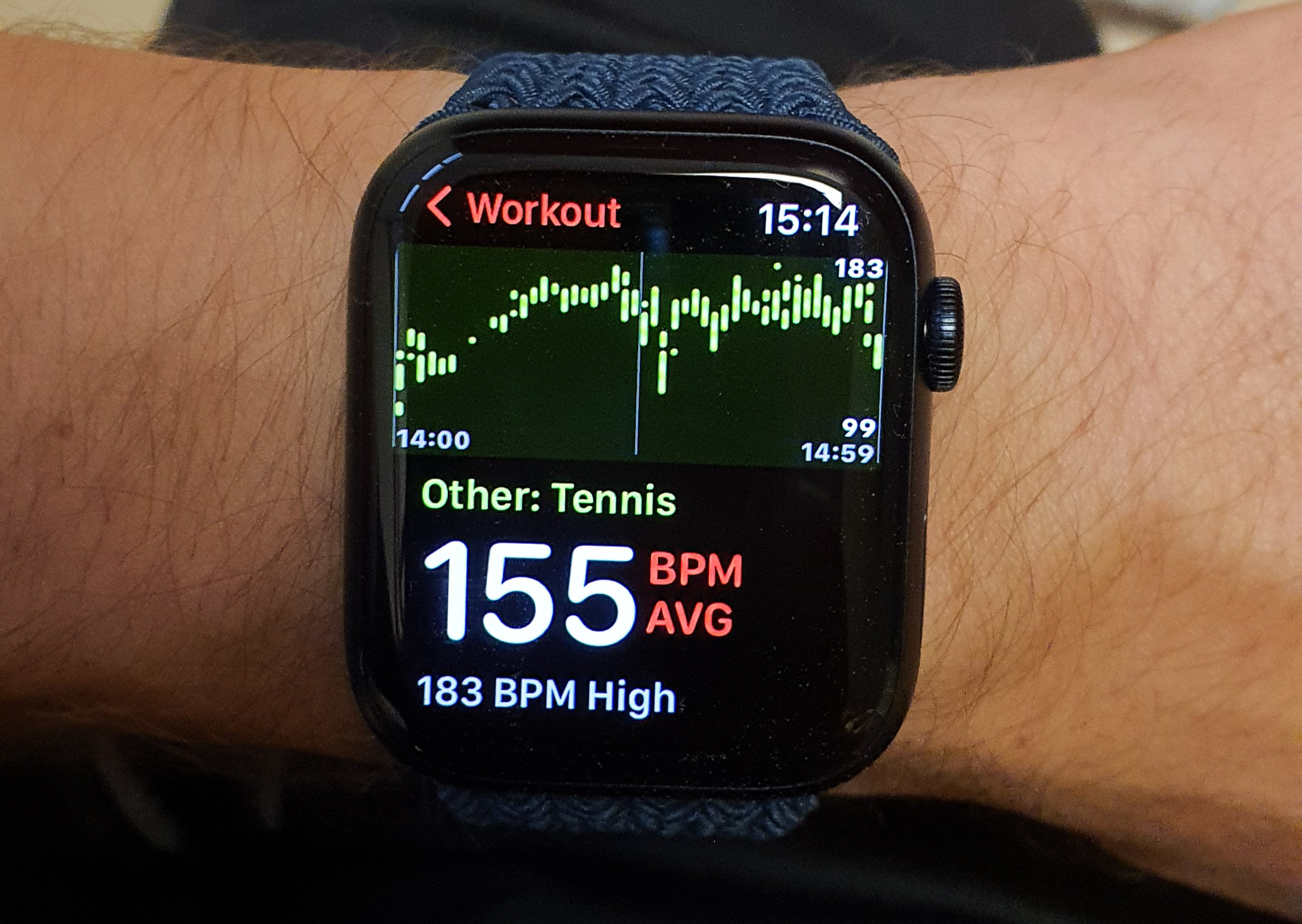
The Apple Watch activity tracking feature boils down its recorded data into three main categories that it displays and which are at the core of completing fitness goals and thus how competitions are tracked. I discuss this because I don’t think it is clear to everyone what exactly it means to do a fitness competition with smartwatches and how “winners” are selected. Apple Watch wants you to a) stand up often enough and not spend too much time sitting, b) to move your body enough in the form of walking and steps, and c) experience an increased heart rate. Based on the parameters you select when setting up Apple Watch Fitness, these are the three daily variables tracked in order to determine if you have completed fitness goals and can “close your rings.” These same parameters are also what the Apple Watch appears to track when multiple people are competing in the fitness app.
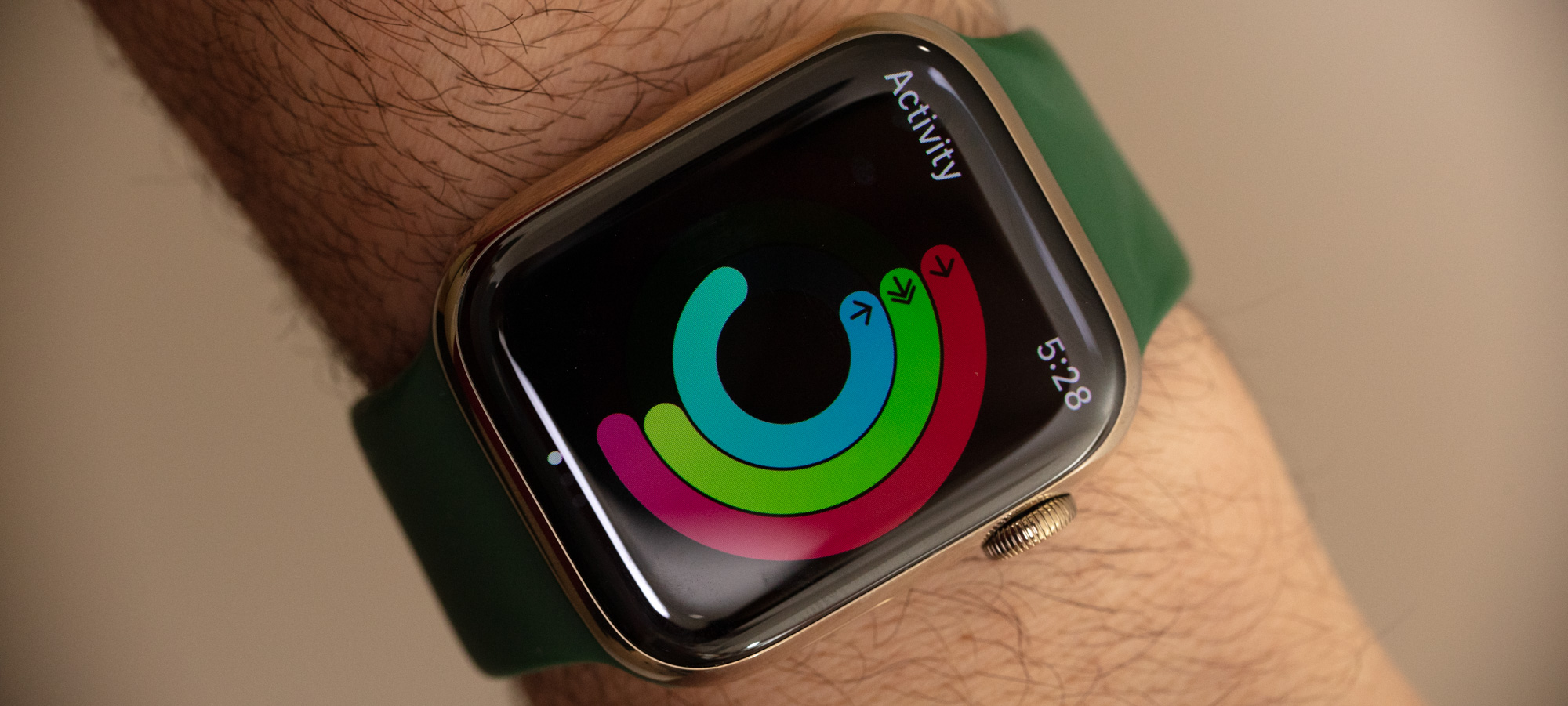
After the Apple Watch has informed you that your friend has “accepted” your competition offer, the experience is very similar to simply competing with yourself and the software goals that the Apple Watch has for you. I was actually fully expecting a lot more notifications and pressure to keep up with the activity of my friend. The Apple Watch did tell me important data about what David was doing, such as when he started and ended a workout. The current system is decidedly softer in its approach and makes it feel more like a communal effort to work out as opposed to a strict competition where there are winners and losers. If this was a game, it would be rather friendly and not particularly competitive. I do understand Apple wanting to primarily take a light approach when it comes to how it notifies people, but I also feel that a lot of people expect (if not downright want) more aggressively motivational prompts from their device to get out there and burn an extra 300 calories today or face the bitterness of defeat!
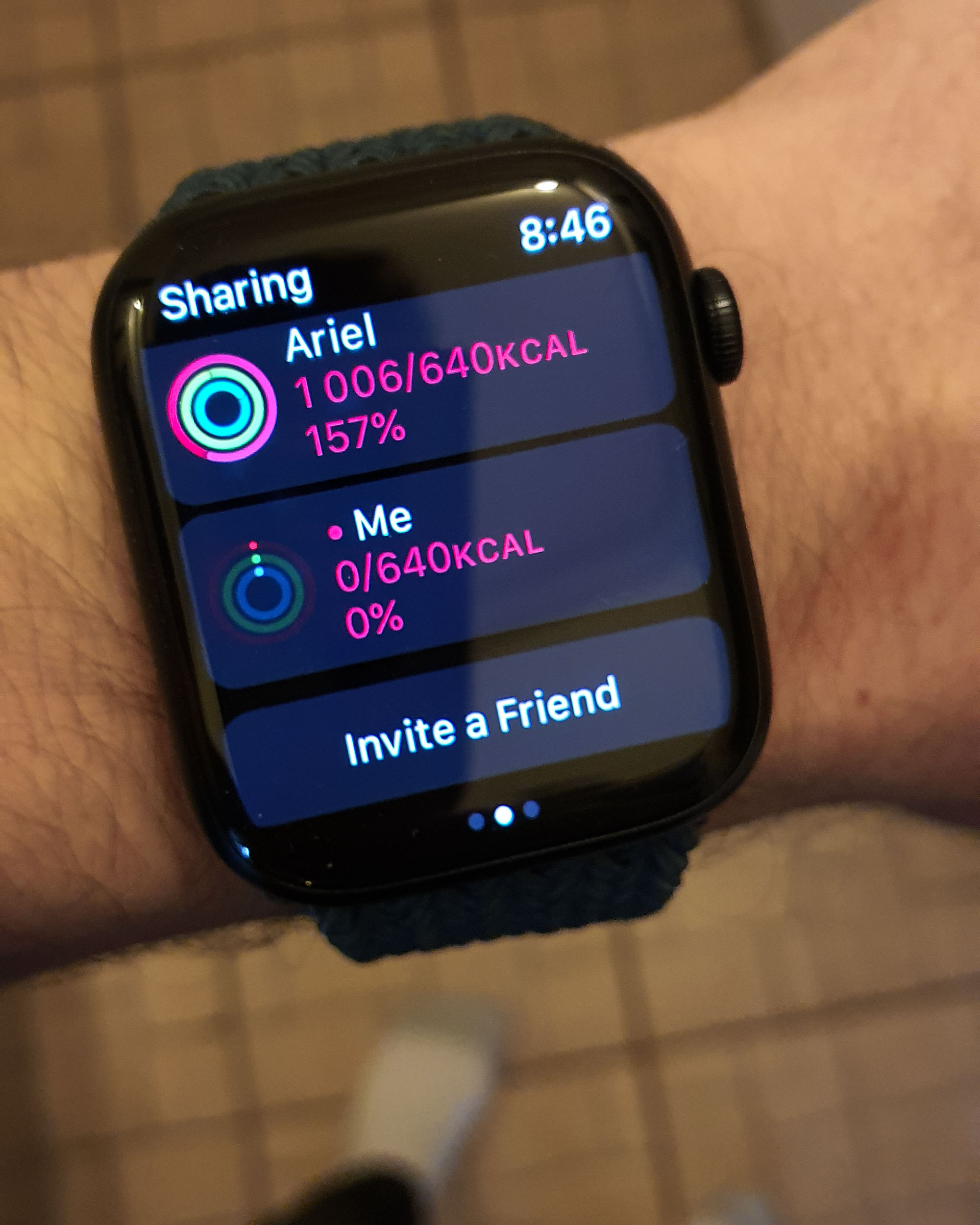
What I have come to learn and respect are the challenges Apple and other smartwatch makers must face when it comes to designing such software experiences. On the one hand, they want to create an inviting platform for fitness novices who need technology to help and who want a polite experience. On the other hand, they need to appeal to fitness junkies who expect a more direct approach and who rely on their fitness time for an adrenaline fix. There will never be a one-size-fits-all solution for this, and the future of competition mode and other fitness gamification systems will be to tailor their interfaces and announcements to the needs of the specific users.
While experiencing the seven-day competition with David, I worked out as normal but with probably a slightly added emphasis on getting a bit more activity in each day. I did want to win, after all. I get in about three to four recorded workouts a week, in addition to my normal walking around activity. Together this means that I “close my rings” on most days – but not all days. I really didn’t know what to expect from my competition. Would David simply work out as normal?
Would he decide to train for a triathlon during our competition week in order to make me look weak?
One of the things I wanted to get from the Apple Watch was updates about how I was doing and whether I was leading or trailing in the competition. What I was looking for was the notifications that the Apple Watch would automatically send me.
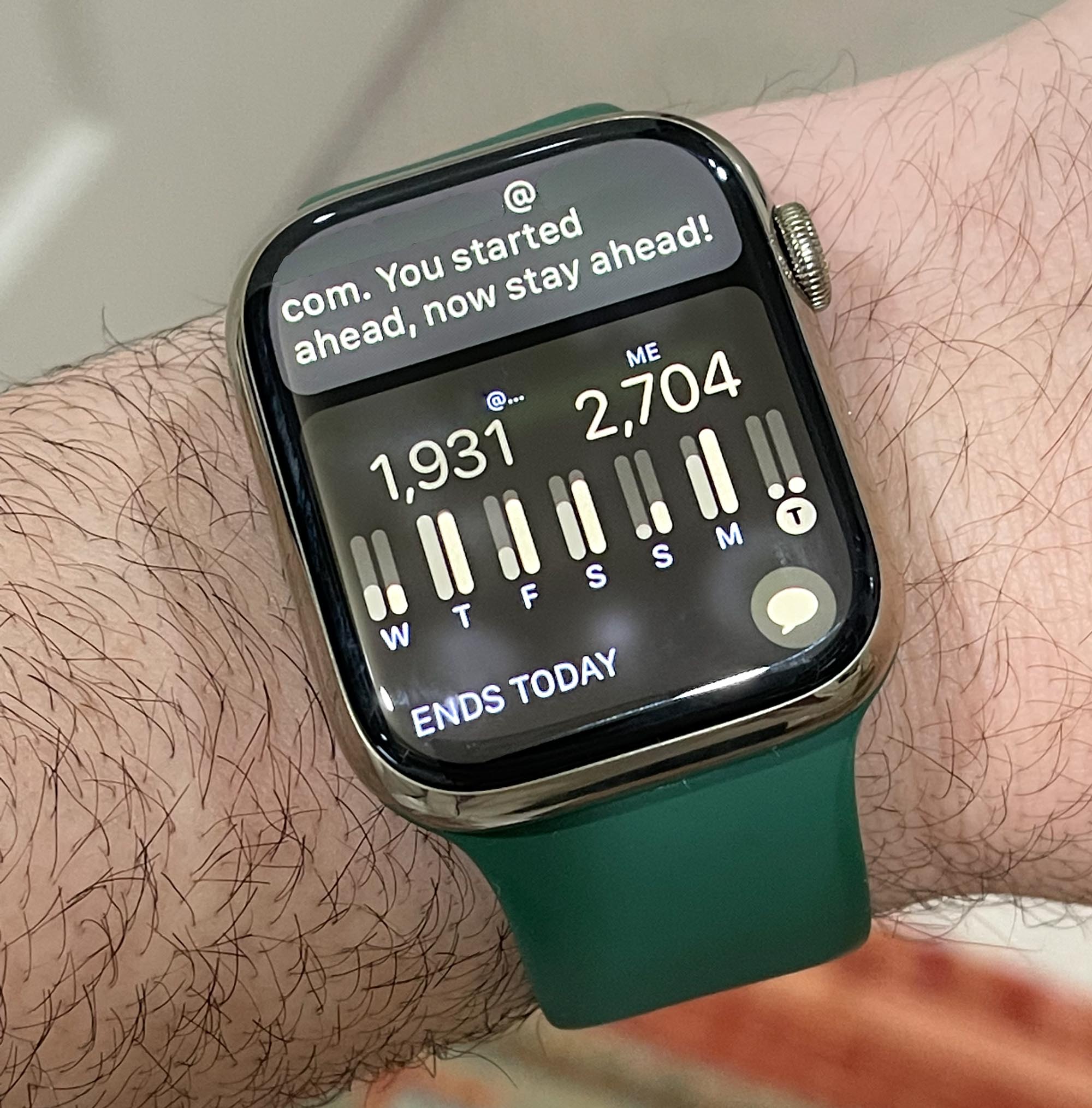
Apple ID can still be tricky – it decided to use the email address for one of us which has been redacted. You can see that I was counting on a game of tennis on Friday, but my partner canceled and so I lost the competition!
I specifically didn’t want to search through the app on my Apple Watch or iPhone to hunt for this information, as I was curious to see what the core “competition” experience was like out of the box. Until the competition was over (when I was given a graphical summary of our activity over the week), I felt a bit in the dark as to how I was doing, though when you are connected to friends via the Apple Watch, you can often see how much ring-closing progress they have made each day without much hassle. I feel that in a truer competitive situation, I should be given constant updates about how I am doing in the race. But again, it appears as though Apple has made a specific decision to make fitness competitions a rather low-stress, polite experience, for the time being.
Once the competition week was over, the Apple Watch rewarded me with a summary of the period and how my activity matched with David’s. The data was light but interesting and the endeavor felt worth it and satisfying. That said, I did hunger for a much deeper experience, including far more notices about the competition, along with recommendations on when to be more active, as well as depth and customization when selecting how long a competition lasts, and what exactly the participants are competing to do. Before we hear about David’s experience competing with me using the Apple Watch, I want to briefly discuss what I think might be preventing some of these more involved features from being implemented by Apple at this time.
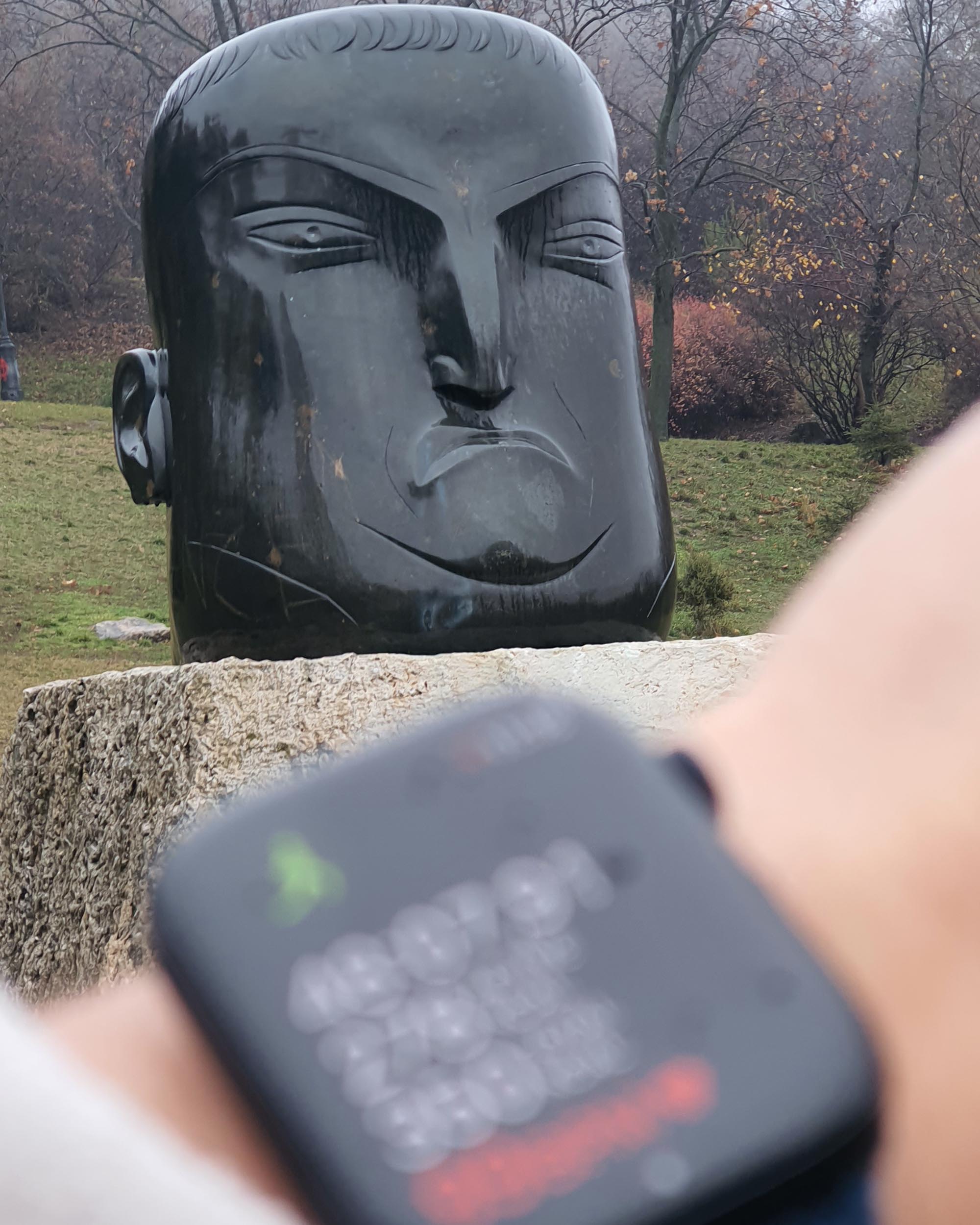
In short, I think Apple is legitimately concerned about safety and liability, as well as not wanting to annoy users with too many notifications. In an attempt to satisfy so many different types of users, many features on the Apple Watch are decidedly simple and lack a lot of customization options. Apple has a larger goal of attracting fitness novices while also positioning the Apple Watch as a “general wellness” device, as opposed to a strict fitness tool. This means there will always be a compromise between those who want a more involved experience, and those who want a less off-putting experience. My guess is that, in the future, Apple (and most certainly its competitors in this space) will create more segmented fitness and activity features depending on a wide range of user preferences and current goals. You might recall that I once did a test of three different smartwatches to see how their data tracking features compared with one another. In my test, I found remarkable similarities in the data they all captured. That means many fitness smartwatches will come to the market with more or less similar hardware capabilities. What will distinguish these products from one another is going to be less about performance and more about the software experience. The future of fitness tracking smartwatches, in my opinion, is the user interface and how readily these tools can deliver rewarding gamification experiences.
My current opinion is that while there is a lot more to be added and elaborated on, Apple continues to be the gold standard when it comes to a seamless activity and fitness tracking experience in a full-featured smartwatch product. With each generation of products, the systems get better, smarter, more intuitive, and more robust. The software developers and lawyers might not be able to keep up with my imagination, but they are on the right track. I can hardly imagine a modern exercise experience in my life without an Apple Watch (or something akin to it) as my constant companion. Let’s see what David has to say about his experience competing via the Apple Watch with me.
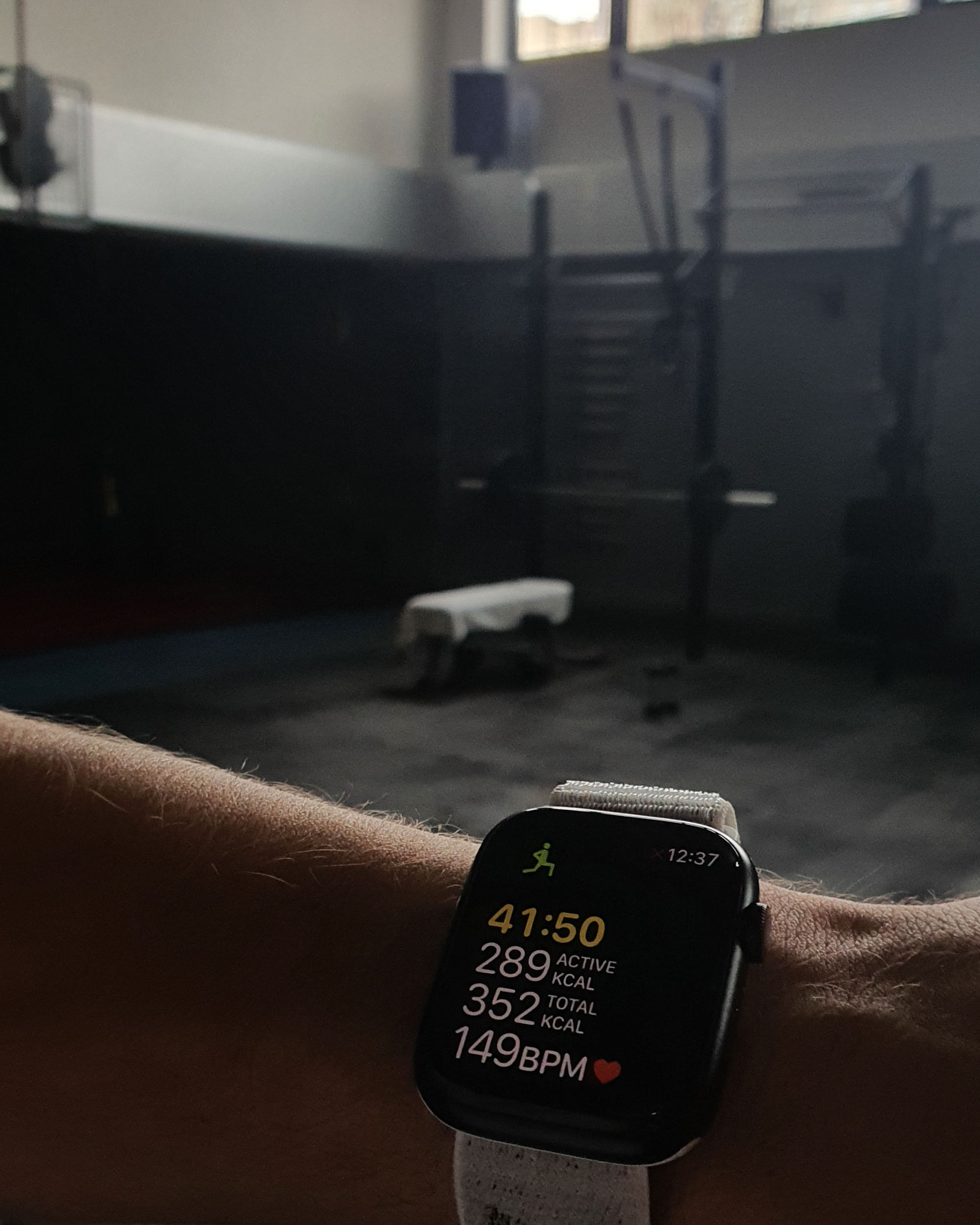
The AW7 seen here on the Nike Sport Loop – cool-looking and nicely adjustable, but nowhere near as comfy as the Braided Solo Loop.
First things first. I’ll second Ariel’s feedback on the durability of the Apple Watch. The variant on my wrist is the Apple Watch Series 7 GPS + Cellular, with a 45mm Midnight Aluminium Case. That means it’s the softer and cheaper version – once you match up GPS and Cellular connectivity and the braided loop, it’s about $220 less expensive than its stainless steel counterpart… but I don’t mind that. I was eyeing the titanium version, but that was only listed on Apple.com with none being delivered at the time when I got mine, and so aluminum it was for me, which is a plus because I wanted something light in consideration of the 3-4 weekly workout/tennis sessions I’d be doing with the Apple Watch Series 7 on.
The Midnight Aluminium Case held up amazing well, including its Ion-X glass display – it is only the costlier stainless steel version (like the one that Ariel received) that gets the sapphire crystal on the front. So, again, my Apple Watch Series 7 is probably the least hard-wearing of them all, with a coated aluminium case and a glass display – and a few weeks into wearing it for workouts, I distinctly remember at one point being genuinely amazed by how brand new it looked. Sure, your mileage may vary, but I do recall my genuine amazement at the still-original state of this entry-level “AW7” weeks into wearing it.
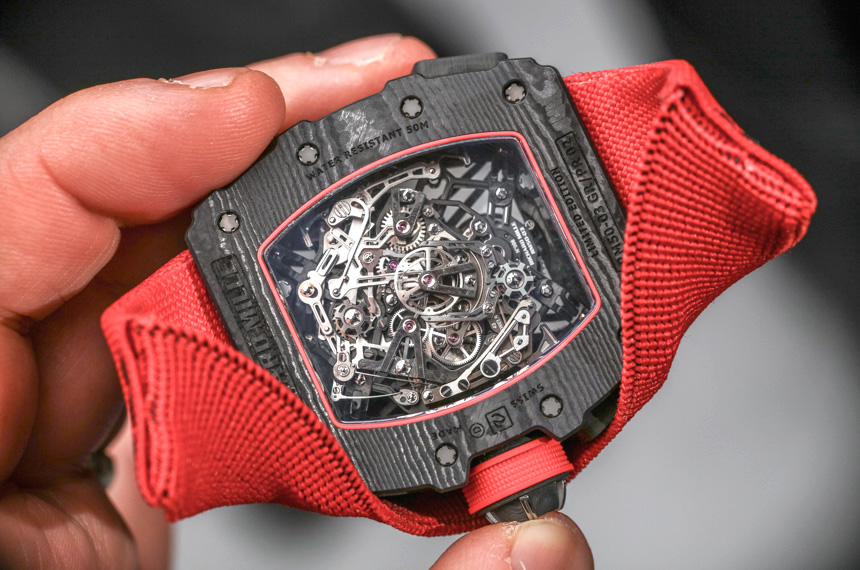
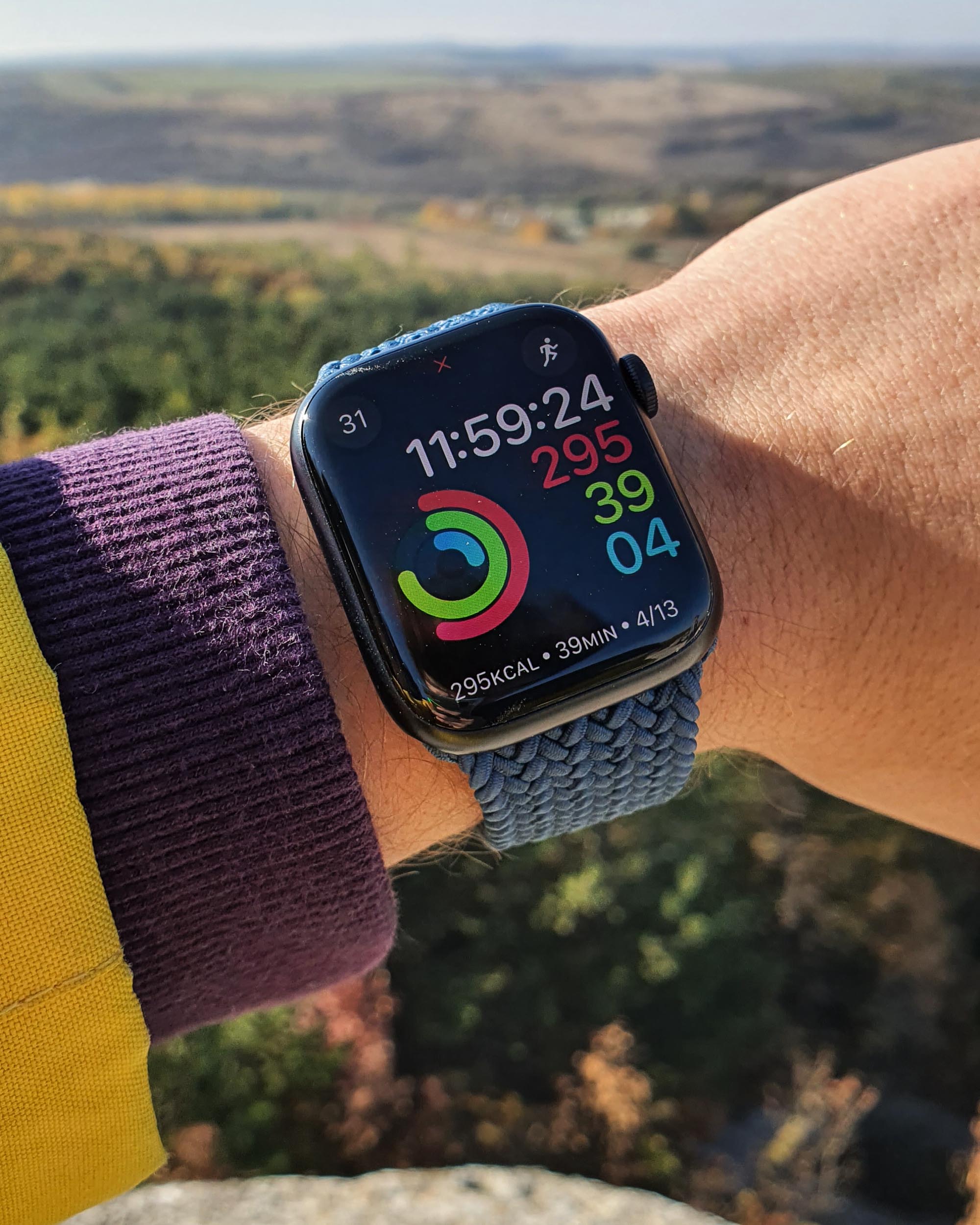
Ariel said his choice of strap is the Sport Loop, but, honestly, that has nothing on the Braided Solo Loop, as it’s called. The Braided Solo Loop is so good I’m planning an article dedicated to its wearing comfort and as a call out to Swiss and German watchmakers who still to date tend to produce uncomfortable “sports” straps and excruciatingly bad leather straps. I remember handling the $1,000,000 Richard Mille RM 50-30 McLaren Edition at SIHH 2017 with its looped, buckle-free woven strap and thinking to myself, I wonder why it takes a million dollars to get a watch on such a strap… And here we are, albeit with a different execution but similar concept, and I have to say, the Apple Watch Series 7 on the Braided Solo Loop is right there among the top three most comfortable watches I’ve ever worn. And remaining comfortable not in the fancy halls of SIHH but when sweating in the gym or riding a bike is a huge plus for me.
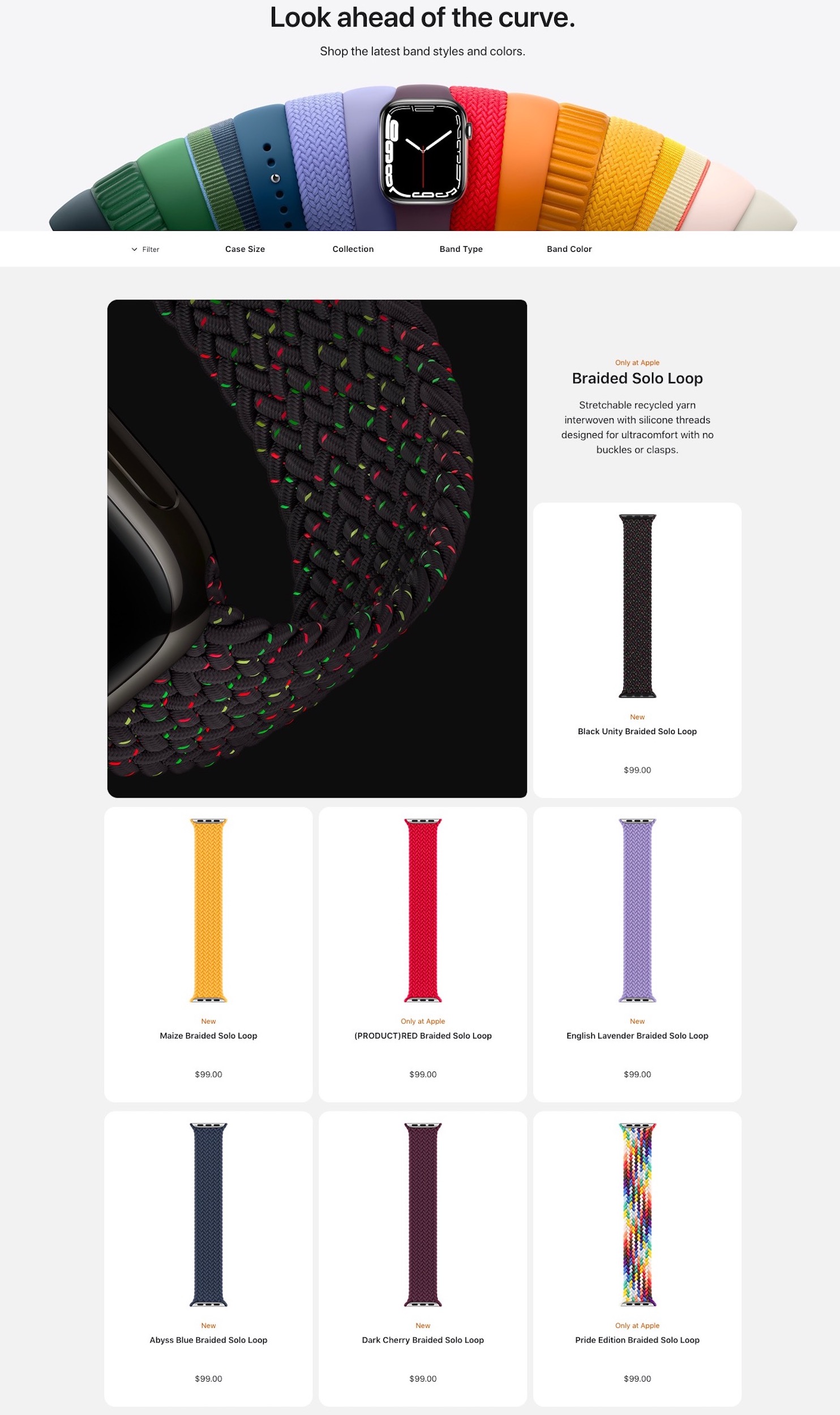
Priced at $99, the Braided Solo Loop is an expensive strap and picking the right size will likely entail either a trip to an Apple Store or returning ones you ordered online and don’t fit perfectly. But what I’ll recommend is this: don’t be intimidated by the 9 (nine!) different sizes (I have a 6.75″ wrist and I’m size 6), because getting it right will be worth it. For what it’s worth, this Apple Watch and band combination is the only watch so far that I’ve ever tolerated for longer than 2 minutes on my right wrist – which is great, because it allows me to wear a mechanical on the other.
Now, onto the Activity Competition. Ariel has given a very detailed run-down on it, so I’ll keep this one short and sweet. I thoroughly enjoyed and welcomed the additional motivation that I received from seeing Ariel banging in a 157% day at the end of his day in Los Angeles, which is early morning hours for me. Given the nine-hour time difference, my counter had already been reset, and so when putting my Apple Watch on in the morning all I could see was a snarky 0% next to “Me.” Ouch! This didn’t help me go to the gym on my regular days, but it did add an entire extra workout to my week (which is a huge thing), because I wanted to gain an advantage. Sadly, things didn’t work out due to a last-minute cancellation for my tennis training (excuses, I know), which I was counting on, big-time, strategically. I say “strategically” because the Apple Watch Workout app has taught me a lot about the differences between a 60-minute gym session and a 60-minute competitive tennis session.

I do agree with Ariel that the competition should be much more customizable – right now it uses a rather complex points system that rates the type and efficiency of your workout. I just wish we could have set benchmark goals (like miles run, average heart rate achieved, calories burned, etc.) and competed that way. Still, it was a fun thing to do, and I am all set for another week – with that missed tennis session boosting my points!
Overall, in my experience, the Apple Watch Series 7 is the most durable, most comfortable, and most user-friendly Apple Watch yet. The screen is brighter and larger and more keen to turn on (there are no more annoying seconds which feel like an eternity passing during workouts when checking for a live heart rate reading) and, again, that Braided Solo Loop is just out-of-this-world comfy. With regards to the competition, I enjoyed it, but the Activity and Workout recording features that I have been using over weeks prior are more than enough – for me – to keep wearing the Apple Watch Series 7 for all my workout sessions. You can learn more at the brand’s website, Apple.com.





